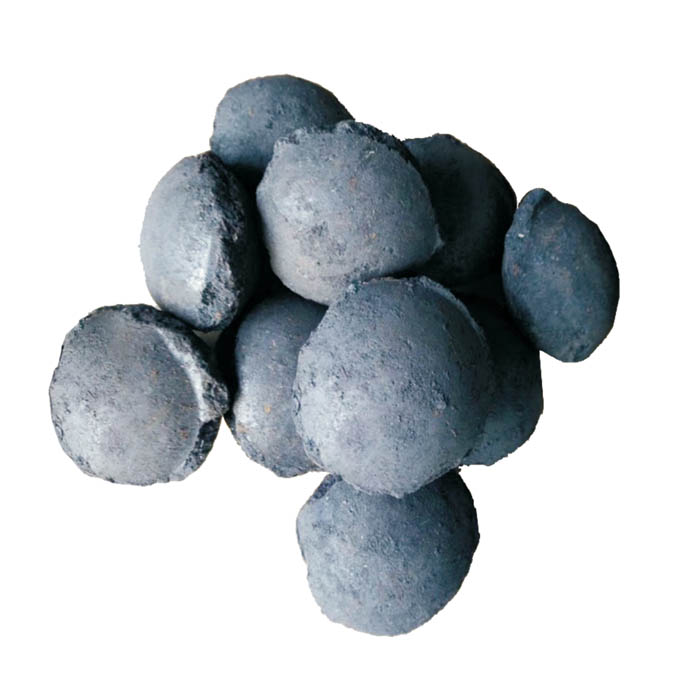Oct . 18, 2024 03:41 Back to list
Understanding the Connection Between Asbestos and Vermiculite Safety Concerns
Asbestos Vermiculite Understanding the Risks and Safety Measures
Vermiculite is a naturally occurring mineral that undergoes expansion when heated. This unique property makes it a popular choice in various construction and gardening applications, including insulation, soil amendment, and even lightweight concrete. However, the discovery of asbestos contamination in vermiculite has raised significant health concerns, making it crucial for consumers and professionals to understand the associated risks and safety measures.
Asbestos is a group of fibrous minerals known for their heat resistance and tensile strength. For decades, it was widely utilized in construction materials, fireproofing, and insulation. However, it became evident that prolonged exposure to asbestos fibers can lead to severe health issues, including lung cancer, asbestosis, and mesothelioma. The most notorious source of asbestos-contaminated vermiculite came from the Libby mine in Montana, which was operational from the 1920s until the late 1990s. This mine produced vast amounts of vermiculite, much of which was distributed across the United States and incorporated into numerous products.
The health risks associated with asbestos exposure stem from inhaling tiny asbestos fibers that can become airborne. When vermiculite from contaminated sources is disturbed—such as during renovation, demolition, or even gardening—these fibers may be released into the air, posing a hazard to anyone nearby. As a result, proper identification of vermiculite sources and their potential contamination is essential for maintaining a safe environment.
To mitigate the risks associated with asbestos vermiculite, homeowners and contractors should take several precautionary steps. First and foremost, it’s crucial to determine whether the vermiculite insulation or other materials in a building originate from the Libby mine. If a structure was built between the 1920s and 1990s and features vermiculite insulation, it may be wise to have it tested for asbestos. Professional laboratories can conduct analyses to confirm the presence of asbestos fibers.
asbestos vermiculite

If asbestos is detected, it is essential to avoid disturbing the insulation or any vermiculite-containing products. Disturbing these materials can release harmful fibers into the air. In most cases, it is advisable to hire a certified abatement professional who is trained in safely removing asbestos-laden materials. These experts employ protective gear and adhere to strict regulatory guidelines ensuring both worker and public safety.
For individuals who may come in contact with vermiculite, particularly in gardening and construction, proper protective equipment, such as masks and respirators, is vital. Additionally, regular monitoring of air quality in areas where vermiculite is present can help identify potential hazards early on.
As regulatory measures have tightened regarding asbestos in construction and building materials, public awareness has also increased. Educational initiatives aim to inform homeowners, builders, and contractors about the dangers associated with asbestos vermiculite and the importance of safe practices when dealing with potentially contaminated materials.
In conclusion, while vermiculite is a valuable mineral with numerous applications, its association with asbestos contamination poses significant health risks. Awareness of these risks, along with proper safety measures and professional guidance, can help mitigate potential dangers. Whether you are a homeowner, contractor, or gardener, understanding the implications of asbestos vermiculite is essential in fostering a safe and healthy environment for all.
-
Eco-Friendly Granule Covering Agent | Dust & Caking Control
NewsAug.06,2025
-
Fe-C Composite Pellets for BOF: High-Efficiency & Cost-Saving
NewsAug.05,2025
-
Premium Tundish Covering Agents Exporters | High Purity
NewsAug.04,2025
-
Fe-C Composite Pellets for BOF | Efficient & Economical
NewsAug.03,2025
-
Top Tundish Covering Agent Exporters | Premium Quality Solutions
NewsAug.02,2025
-
First Bauxite Exporters | AI-Optimized Supply
NewsAug.01,2025
